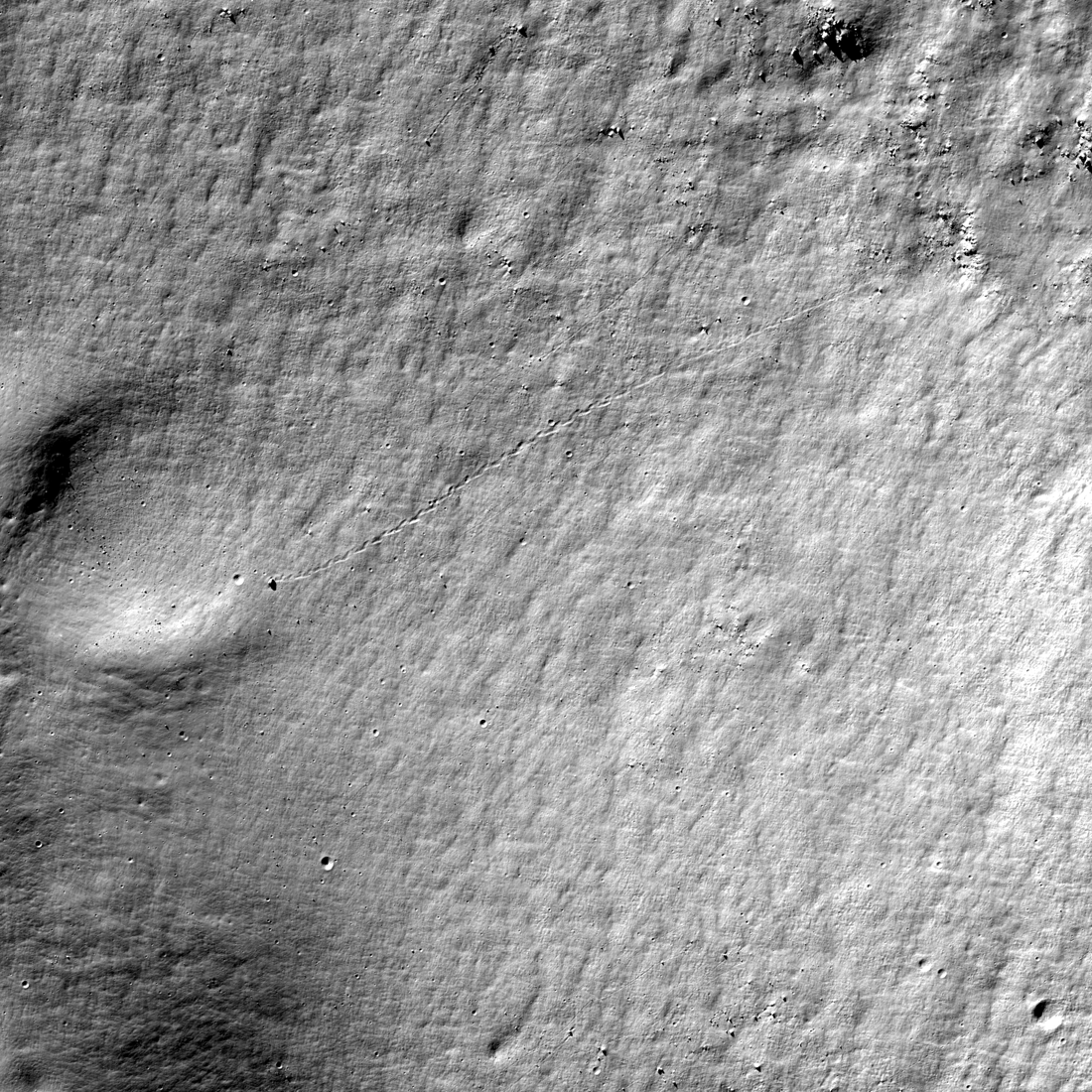
The Moon is covered in stories. Some are human stories — for example, the longest trek on foot of the Apollo Program, a nearly three-kilometer geological traverse through boulders in the ejecta blanket surrounding Cone crater. Explorers Alan Shepard and Edgar Mitchell climbed Cone crater during the Apollo 14 mission in 1971.
After the climb, another human story — Shepard hit a pair of golf balls, which he said flew for "miles and miles." He reported later, however, that despite the Moon's low gravity (just one-sixth that of Earth), the first ball flew only about 40 meters and the second landed about 200 meters away. Successfully driving a golf ball far while wearing an unwieldy space suit is difficult.
Most lunar stories are, however, geology stories. Some geologic tales are epic dramas — for example, giant lava flows filling ancient basins excavated by crashing protoplanets — but most are simple tales repeated endlessly through most of the 4.51-billion-year history of the Moon.
Today's Featured Image tells one such simple, oft-repeated tale. It shows a small portion of the rim of 138-kilometer-diameter Antoniadi crater on the far side of the Moon. On the right (east) side of the image, we see rock outcrops; on the left (west) side, an impact crater, partially erased. Between them we see a slope that is gradually sagging downhill. The slope, part of the complex inner rim of Antoniadi crater, runs across the image from northwest to southeast. Slowly sliding surface material accounts for the partially erased crater.
Sometimes, material moves down the slope rapidly in discrete chunks. Running from the outcrops to the rim of the partially buried crater is a track etched by a rolling boulder bigger than a bus. Perhaps a moonquake shook it loose. The boulder bounced and rolled toward the partially buried crater, plowing a path that is still visible through the loose material of the slope. When it reached the rim of the partially erased crater, its path curved and it slowed to a stop.

This simple tale might have had a surprise ending. Had it rolled just 75 meters more, the boulder might have plopped neatly into a 30-meter-diameter young impact crater on the floor of the partially erased crater. As Apollo 14 golfer Alan Shepard might have expressed it: the boulder narrowly missed scoring a hole-in-one.
Look for other geologic stories in Antoniadi crater by exploring the zoomify image below.
Related Featured Images
Bouncing, Bounding Boulders!
Boulder Tales
Weaving Boulder Trails on the Moon
Ray of Boulders
Lazy Boulders in Scaliger
Published by David Portree on 26 July 2019